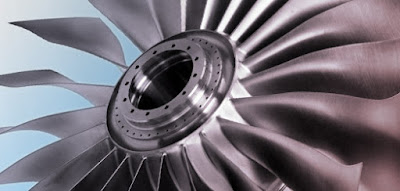Anti Lock Braking System
It's a fact. Everyone loves driving these days. That feeling of holding the wheel where we are in charge of our own destiny is rare in our lives. Trust me, it is very welcoming and exciting.
Many of us are speedsters, especially on a highway when you hit 100 km/hr. It is very fun and thrill inducing. However, during monsoons or ice cold weather the situation gets tricky. Sometimes your wheel might lose traction and start to skid on the slippery road. For that very reason, we have something called the Anti-Brake system in our cars.

Many of us are speedsters, especially on a highway when you hit 100 km/hr. It is very fun and thrill inducing. However, during monsoons or ice cold weather the situation gets tricky. Sometimes your wheel might lose traction and start to skid on the slippery road. For that very reason, we have something called the Anti-Brake system in our cars.
Without anti lock braking system, there are chances where the wheel might stop rotating and the result would be deadly. ABS prevents your wheels from locking and ensures that you have stability.
It consists of four major parts.
1. Speed Sensor: The major function of this is to monitor the speed of all the wheels and to provide the necessary acceleration and deceleration. It consists of a magnet assembly which generates electric pulses.
2. Valves: They are used to regulate the pressure in the brakes. There are valves present at every brake in the brake line. The first position is when the valves are open where the pressure from master cylinder is transferred to the brakes. The second position is when the valves are close where it restrains the force. The third position is when it allows some pressure to the brakes. The third position is used for the car to come to a halt.
There are two hydraulic valves in a typical ABS system. The resistance you feel while braking at high speeds are the valves controlling the pressure.
3. Electronic Control Unit: This part basically receives signals, amplifies them to determine the speed
and acceleration. It also receives signals to control the brake pressure. All the relevant data is analyzed in this unit.
4. Hydraulic Control Unit: This unit receives signal from the electronic control unit to control the brakes. This is done by either reducing the pressure on the brakes or increasing the hydraulic pressure at the brakes when necessary.
Any ABS unit should consists of four wheel sensors, 2 valves at the brakes, an electronic control unit and a hydraulic control unit. It is very important to keep in mind that ABS just supports the driver however it depends on the driver to maintain a safe speed and certain gap from the vehicle in front.











Comments
Post a Comment